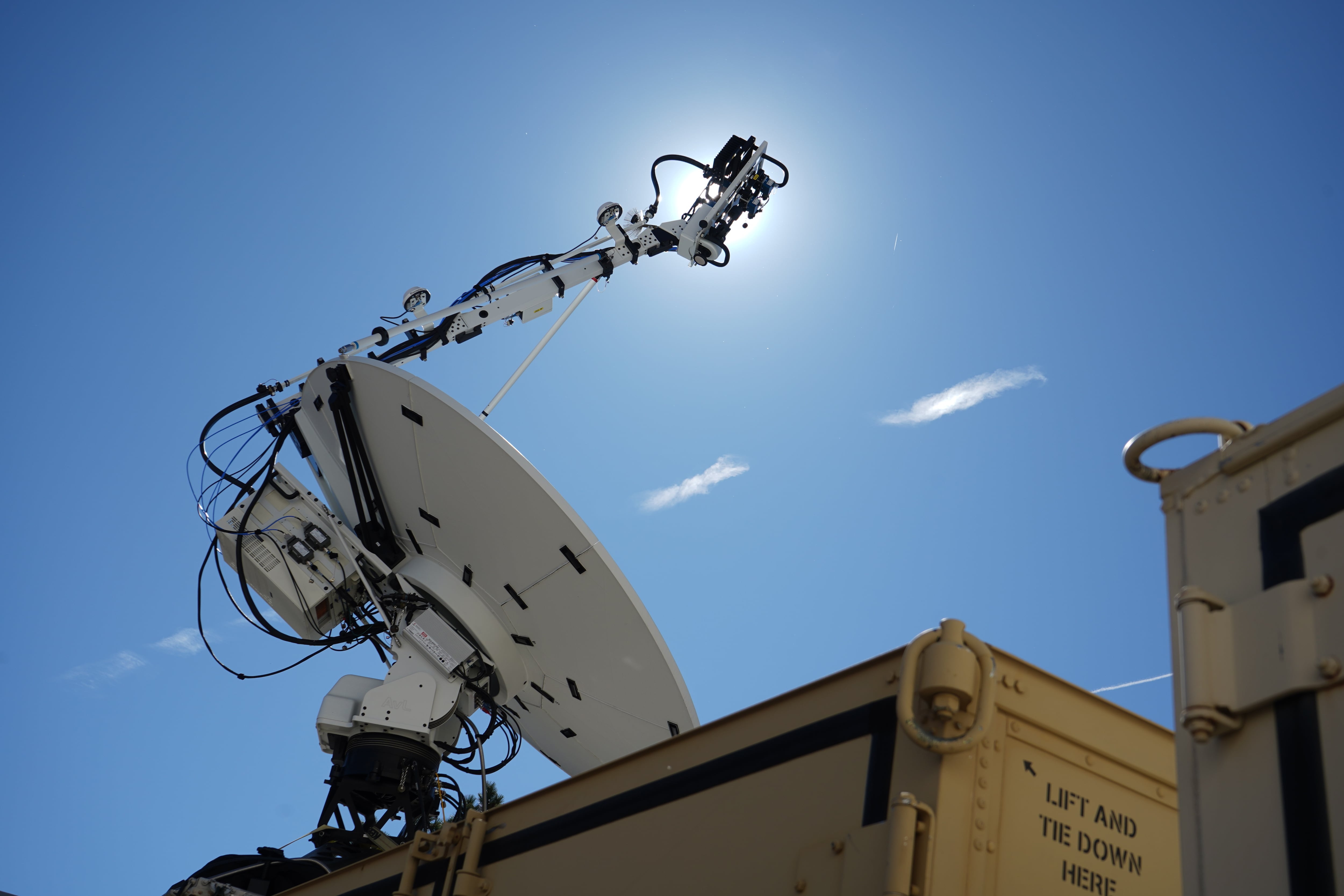The vast amount of data generated by space, air, water and terrestrial systems and sensors is overwhelming human analysts. restricting rapid assessment and inhibiting decision making by the U.S. government and the military.
The number of systems and devices that can generate data is expanding exponentially, collecting, aggregating and storing this information from all intelligence sources into repositories. However, these databases are isolated and siloed, each with its own data handling process, making them difficult to access and fully utilize.
Project Overmatch (Navy), Project Convergence (Army), joint all-domain command and control (Pentagon), etc. are all working to improve the ability of forces to more rapidly assess situations, share information and act on it, not just collect more data. The U.S. Department of Defense Chief Digital and Artificial Intelligence Office also recognizes the need for new tools and technology that are more collaborative.
RELATED

Despite the information overload, keeping the human in the loop is an essential element in analysis and decision making, which is where the observe–orient–decide–act cycle, better known as the OODA Loop comes in.
The OODA Loop is a four-step approach to decision-making that focuses on filtering available information, putting it in context and quickly making the most appropriate decision while also understanding that changes can be made as more data becomes available. It was developed by military strategist and Air Force Colonel John Boyd and is used by militaries, companies and governments to understand learning processes.

Accelerating the OODA Loop is a critical need to maintain cognitive overmatch of our adversaries.
The task of evaluating multiple and disparate datasets is put on analysts and decision makers using tools for visualization. However, requiring that data be cleaned up before use is both tedious and ineffective.
Seeing the data and media helps ease analyst stress
Another challenge is that most analytic tools provide their reports by generating heat maps, fractals or punishing eye charts to visualize and represent data. It is more beneficial and less stressful to the analyst to see the actual data in its native form (video, images, and text) to more rapidly be able to evaluate a situation.
Multi-INT and Multi-Domain data and media correlation is critical to address the vast amount of disparate data overwhelming our human analysts. Analysts and decision makers need new intelligent support tools and technology to help them curate and correlatestructured, unstructured, textual, video, images and geospatial data in a single system, allowing visualization in a single display environment that humans can quickly understand.
It’s more imperative for a system to accept the disparate raw data instead of cleaning it first. There are extract, transform and other techniques that can normalize data enabling an intelligent application to use all formats.
The application of cognitive computational processes integrated with geospatial intelligence working across multiple datasets will both identify and geo-locate potential threats and accelerate the OODA Loop supporting cognitive overmatch.
Instead of collecting and aggregating data, an intelligent system uses semantic, contextual and faceted techniques to search disparate data types. This helps discover useful and relevant data, extracting signal from noise by dynamically pre-curating media and data from the Multi-INT and Multi Domain sources.
Layering aerial video with map to identify threats
This type of intelligent system proactively correlates multiple data sets helping the human analyst and decision maker more rapidly assess a situation and inform the warfighter at the edge. The ability to have a system that correlates across multiple data sets can help analysts and decision makers be more deterministic and anticipatory.
An intelligent system can analyze multiple data sets simultaneously. An example of this is layering aerial video with maps and terrestrial knowledge to show an anomaly to a known behavior pattern of motion that identifies a potential threat showing it to a decision maker. This enables them to more rapidly get actionable intelligence to the warfighter to take preventative actions and potentially mitigate the threat.
Another layer in the stack is social media and online platforms as critical data sources. Bad actors and threat nations are using these platforms for communications, recruiting, planning, organizing and executing. This becomes a critical component in analysis of situational awareness and threat detection.
Fusing past and present event data from multiple open and public online and social domains with correlation, analysis and construction of relationships within the data, leads to the discovery, tracking and categorizing of emerging trends, events, anomalies and entities that are potential threats to our country.
The Pentagon needs an intelligent decision support system to assist with analyzing all the data available without causing information overload for the analyst while detecting nuances and subtleties an analyst may not observe.
The key to any intelligent system is keeping the human in the OODA Loop. An intelligent decision support system is designed to augment the analyst. Using the capability of an intelligent, analytic technology relieves the task of data gathering providing the analyst more time to focus on the actual analysis.
Gary Olson is CEO of GT Digital, maker of MediaMaestro, an artificial intelligence technology that correlates, orchestrates and analyzes video, media and data simultaneously.
Have an Opinion?
This article is an Op-Ed and the opinions expressed are those of the author. If you would like to respond, or have an editorial of your own you would like to submit, please email C4ISRNET Senior Managing Editor Cary O’Reilly.








